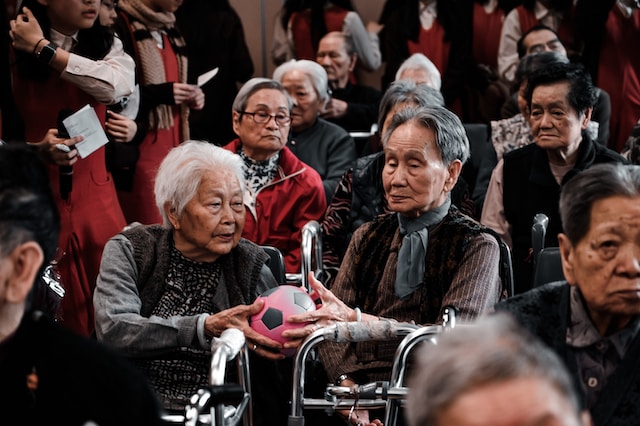Introduction: Art has always been a powerful tool for expressing ideas, challenging norms, and inspiring change. When artists and community members come together, their collaborative creativity has the potential to create a profound impact on society. This article explores the power of collaborative creativity and how artists and community members can work together to bring
Introduction:
Art has always been a powerful tool for expressing ideas, challenging norms, and inspiring change. When artists and community members come together, their collaborative creativity has the potential to create a profound impact on society. This article explores the power of collaborative creativity and how artists and community members can work together to bring about positive change.
1. Fostering Dialogue and Empathy:
Collaborative creativity allows artists and community members to engage in meaningful dialogue and develop a deeper understanding of each other’s perspectives. Through shared experiences and creative expression, barriers can be broken down, and empathy can be cultivated. This process helps build bridges between different groups within a community, fostering a sense of unity and shared purpose.
2. Amplifying Marginalized Voices:
Artists often have a unique ability to amplify the voices of marginalized individuals and communities. By collaborating with artists, community members can bring attention to important social issues that may otherwise go unnoticed. Through their creative work, artists can shed light on systemic injustices, challenge stereotypes, and advocate for change. This collaboration ensures that the stories and experiences of marginalized groups are heard and acknowledged.
3. Inspiring Action and Mobilization:
Art has the power to inspire action and mobilize communities. When artists and community members work together, they can create powerful works of art that ignite conversations and motivate people to take a stand. Whether it’s through murals, performances, or public installations, collaborative creativity can serve as a catalyst for social change. By engaging the community in the creative process, artists can empower individuals to become active participants in shaping their own futures.
4. Transforming Public Spaces:
Collaborative creativity can transform public spaces into vibrant and inclusive environments. Through community art projects, artists and community members can revitalize neglected areas, turning them into places of beauty and inspiration. These projects not only enhance the physical appearance of a neighborhood but also foster a sense of pride and ownership among community members. By reclaiming public spaces through art, communities can create a lasting impact on their surroundings.
5. Building Sustainable Partnerships:
Collaborative creativity is not a one-time event; it is a process that requires ongoing partnerships and collaborations. By working together, artists and community members can build sustainable relationships that extend beyond a single project. These partnerships can lead to long-term initiatives that address systemic issues and create lasting change. By combining their unique skills and perspectives, artists and community members can create a powerful force for social transformation.
Conclusion:
The power of collaborative creativity lies in its ability to bring artists and community members together to address social issues, amplify marginalized voices, inspire action, transform public spaces, and build sustainable partnerships. By harnessing the collective imagination and creativity of a community, artists and community members can work together to create a more inclusive, just, and vibrant society. Through collaboration, we can unlock the full potential of art as a catalyst for change.

















Leave a Comment
Your email address will not be published. Required fields are marked with *